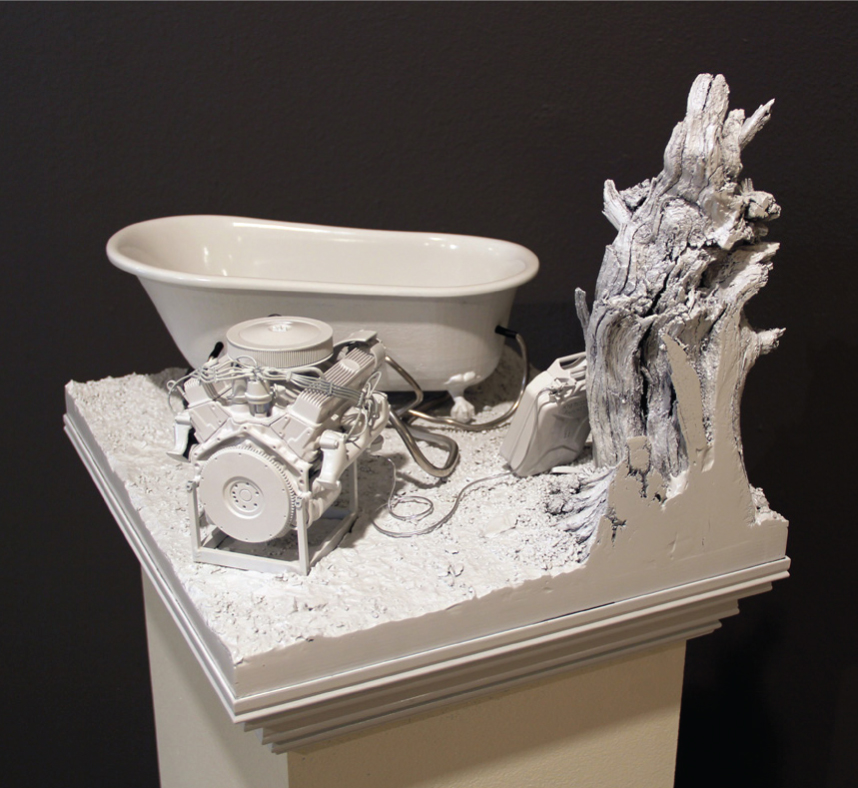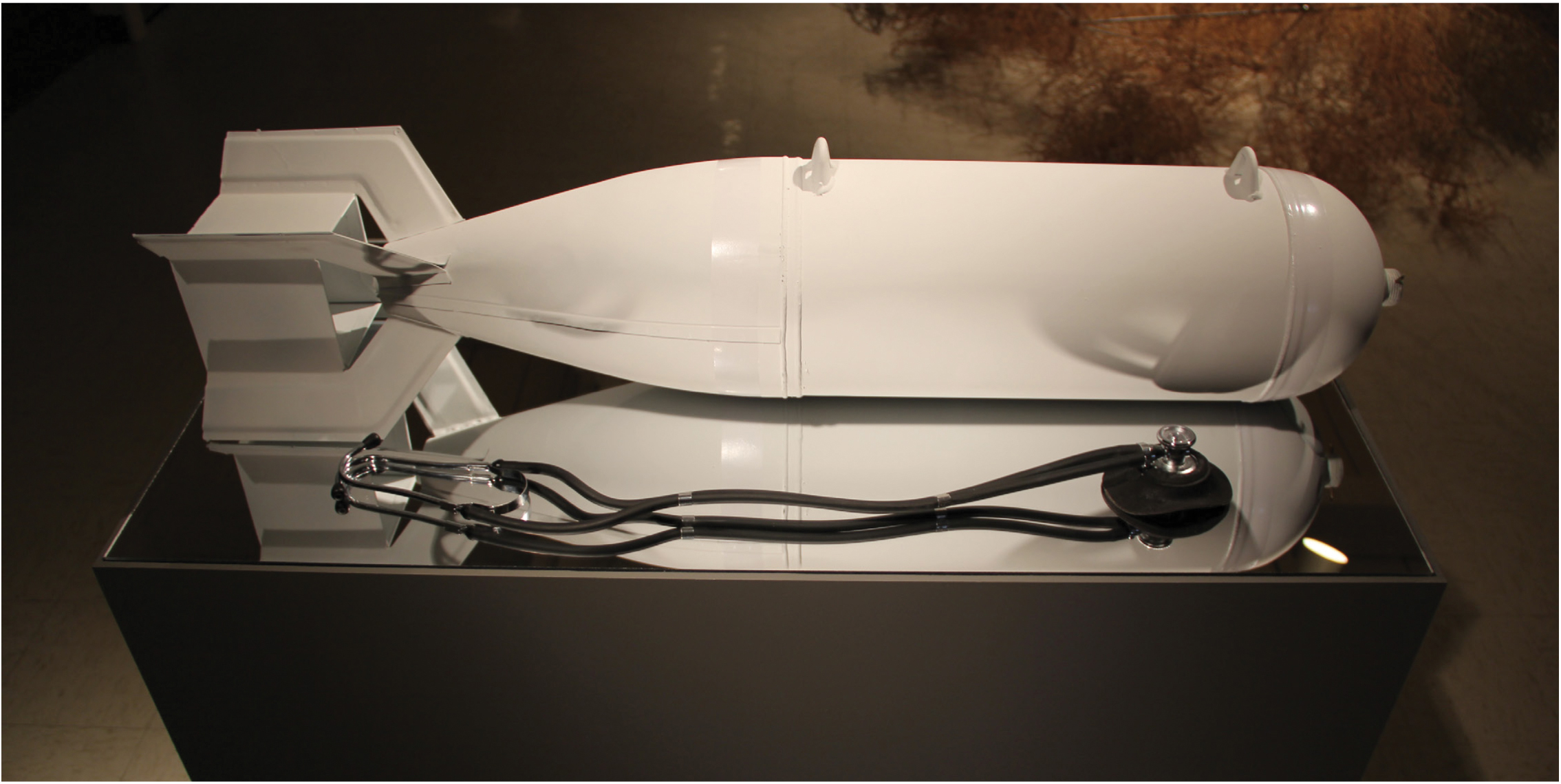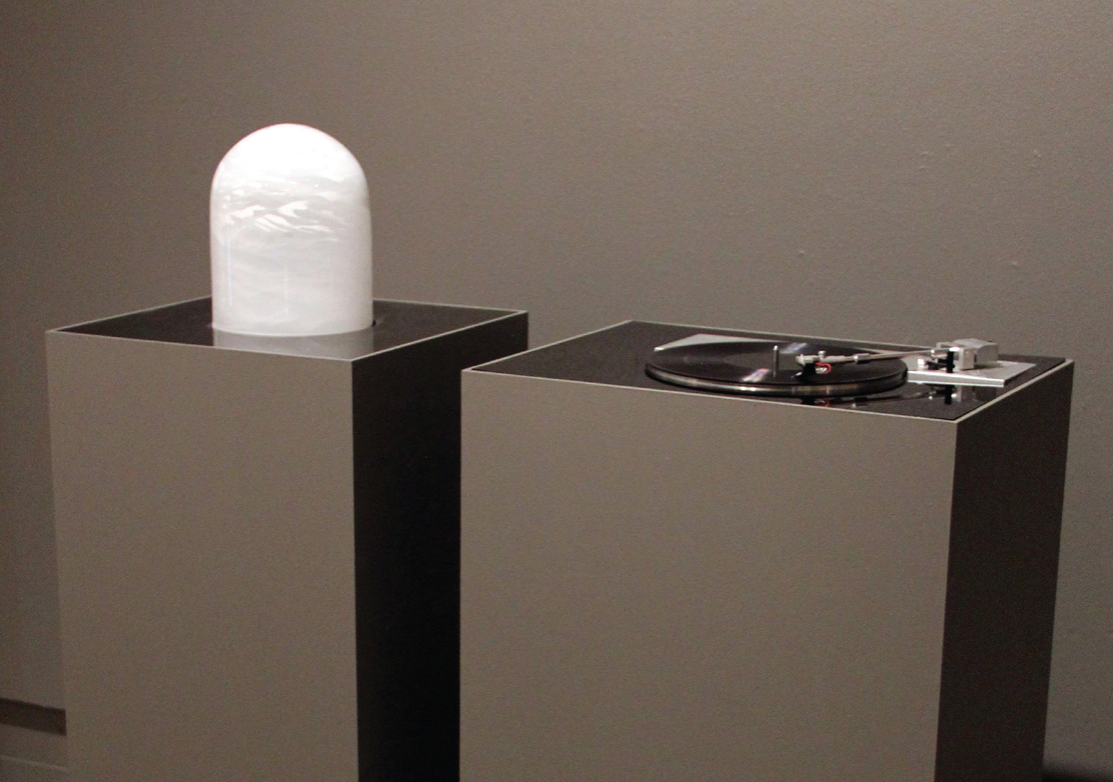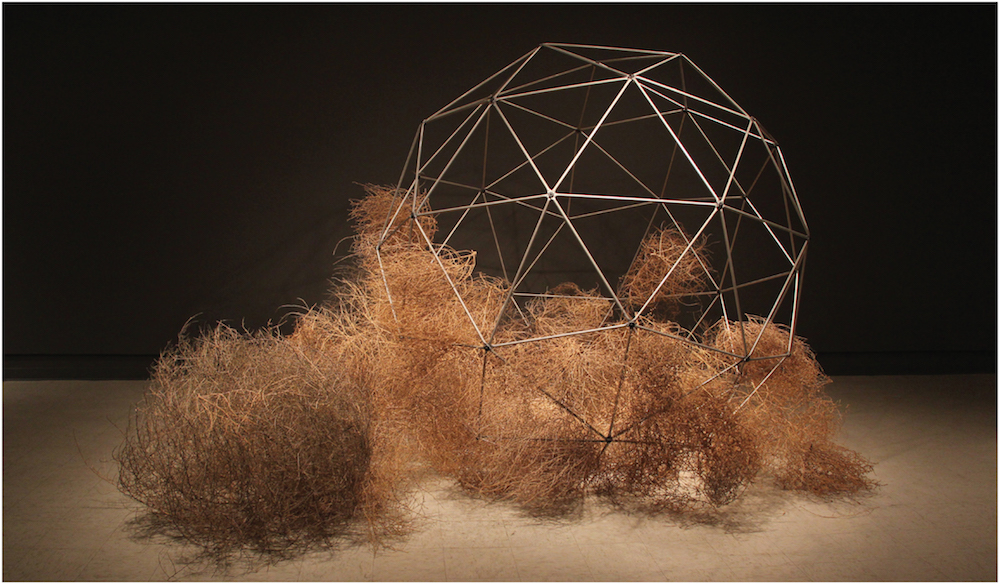AMoCA Collection | V8 Hot Tub, plastic, wood, gypsum, body filler, aluminum, paint, 12.5”x14.25”x17.25”, 2011
RAIR | 2010-11
Wes Heiss | Allentown, PA
Wes Heiss is a visual artist and designer whose work explores humanities relationship with technology. His work has been exhibited internationally including DiverseWorks and the Menil Collection in Houston, ArtSpace in New Haven, Brooklyn Academy of Music in New York, and Kulturmöllan in Lövestad, Sweden. In collaboration with Marek Walczak his first commissioned permanent public artwork opened in Denver, Colorado in 2011. Along with the Roswell AiR program he has won an Artadia grant, a PCA Grant, and residencies at the MacDowell Colony, Skowhegan, and the Bemis Center. Wes received a Master of Architecture from Rice University and a BA in archi tecture and ceramics from Bennington College. He is an Assistant Professor at Lehigh University where he heads the Product Design concentration. He lives in Allentown, PA with his wife Angela Fraleigh and their cat Mr. Piston.
In my installations, sculptures, and interactive works inanimate objects are often used as metaphors for emotions, fears, and longing. By questioning our dependency on, and fascination with, “things” this work examines the deep vein of magical thinking and nostalgia that informs the American experience. Central to this experience is the stubbornly held feeling that the right machine, or combination of machines, has the potential to make life secure, happy, and most of all, meaningful.
The Rain Follows the Plow , gets its title from a quote by Charles Dana Wilber. It summarizes the 19th century belief that if one were to plant crops in any climate, even a desert climate, the land would automatically adapt to water them. It doesn’t— but in this one little phrase Wilber managed to unwittingly capture the naiveté of the era. While this idea is now understood as misguided and romantically cavalier we still live in a world that assumes mastery of things much larger than ourselves.
The images of the west during the Great Depression are complicated and multi-layered in the American psyche. It was a time when the American Dream seemed to be blown apart and replaced with a never-ending storm of sand and suffering. During my time in Roswell I couldn’t help but draw parallels between the current economic downturn and the 1930s. Situated on the edge of the Dustbowl, the often- harsh realities of the Roswell climate conjured associations that deeply informed both the individual pieces and overall concept of this show.
In these works miniature vignettes sprout optimistically out of nothing and depict clever adaptations required to live in a frontier town. A dust storm has been isolated into only sight and sound, packaging its torment into a slick and polite package. Remnants of military equipment from past conflicts unearthed from the hard packed soil reveal a mixture of terrifying power and quiet patience. A juxtaposition of old and new, cold and warm, prickly and smooth…
Today, armed with technology and perseverance, alien spotters, pecan farmers, and strip malls push back against the harsh climate and find a way to make it all work. And I find that American optimism oddly cheering.






